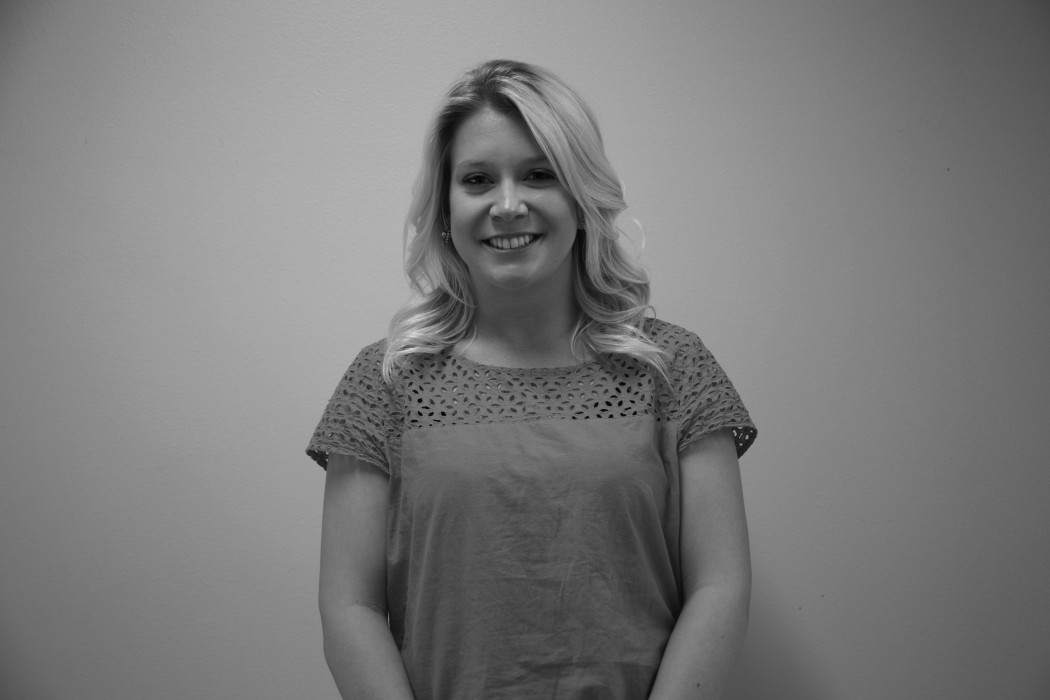One Wasatch is a bad idea for ski culture, environment in Utah
Of the 22 years I’ve been alive, I have been on skis for 19. On the Wasatch Range, I have been to Alta, Snowbird, Solitude and Canyons (now part of Park City). I am no stranger to the idea of getting up early, grabbing first chair and skiing until the liftees put up the “closed” sign behind me.
With all that time on the hill across multiple resorts, I have never been able to ski every skiable acre at any resort in a single day. Which is why I find it ridiculous that anyone would feel the need to try and ski all seven of the ski resorts on the Wasatch Front in a day, something One Wasatch claims as one of the biggest draws to its plan.
But really, this is only the tip of the iceberg.
Let’s back up a little. Before it was One Wasatch, this interconnect plan was called SkiLink. There doesn’t seem to be any real difference between the two plans, aside from the fact that since the changeover, Vail bought Park City and absorbed Canyons, creating a super resort that is over twice the size of any of the other existing resorts. But the rest remains the same: add approximately six lifts connecting Little Cottonwood to Big Cottonwood and Big Cottonwood to Park City, drop a few rope lines, and we’re there.
However, SkiLink was widely opposed, and even taken off the table. But the idea came back, reborn as One Wasatch. This time, it has a team of cronies to carry it along.
According to its site, One Wasatch is supported by all of the ski resorts it would connect. Which is no surprise. What resort manager in their right mind would turn down the opportunity to bring in more business? This would be the only interlink connection of its kind in the U.S. As if tourists didn’t already have good enough reason to visit the Wasatch Range, this brings even more novelty.
One Wasatch says, “Visits to Utah’s ski areas have increased 42 percent since the Olympic year of 2001-02. Hopes are that One Wasatch will continue the long legacy of resort infrastructure improvement that allows Utah’s ski industry to offer the best possible ski experience for our guests.”
So of course these managers are supporters. From their perspective, it only provides gains. They can make another jump they might not have seen since the Olympics. They do have to pay for the new lifts to be put in, but these resorts are attempting to make additions all the time. Plus, paying for a lift that would bring in more guests and more money is a tradeoff covered in Business Administration 101.
The supporters are obvious. Their motives are clear; they are in it for the money. It is the dissenters that should be taken more seriously.
I mentioned before that before One Wasatch, this plan was dubbed “SkiLink.” It, too, received tremendous pushback. The group Stop SkiLink had over 100 members, including the Utah Rivers Council, Save Our Canyons and the Utah Chapter of the Sierra Club.
These members are important because they are environmental nonprofits. Their goal is to preserve and protect our land, especially National Forest Service land, which the Wasatch Range is. Big and Little Cottonwood canyons are also federally protected watersheds, part of the system that makes up 60 percent of the residential water in Salt Lake Valley. The opposition of these environmental groups shows that One Wasatch could pose an environmental hazard, something we would hope the group has taken into account.
On the FAQ page of One Wasatch’s site, there is the question, “How would One Wasatch affect the watershed?” To which they respond, “Since the Wasatch Mountain Club built a rope tow at what is now Brighton Resort in 1944, Utah ski areas have been thoughtful and responsible stewards of Salt Lake City’s watershed for almost 80 years. Any ski area improvements including new chairlift construction would be subject to the necessary approval process and public comment to ensure any and all commitments to watershed preservation remain in tact.”
Which sounds a lot like blown smoke and procrastination. Not exactly the kind of thoughtfulness that should be taken with an issue so widely opposed in the environmental community.
I love skiing, and as a result, I am forced to love the land that allows me to ski. I would be doing it a great disservice if I supported an initiative that so callously disregarded it, instead worrying about lining the pockets of corporations. To me, this shows an utter disrespect for the industry and the people who are passionate about the sport.
I may love skiing, but One Wasatch does not.
—reid.al73@gmail.com
@alreid000
Amy Reid is a Salt Lake native and an Altaholic. She doesn’t care if you feel left out because you can’t bring your snowboards there.

